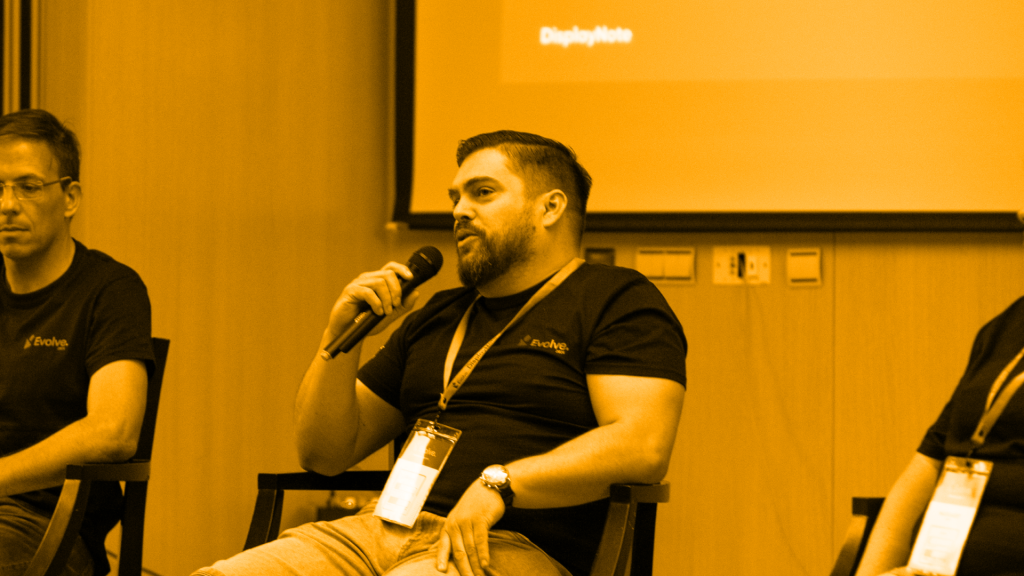
5 Steps to Successful Deployment of Wireless Presentation Systems
Talk to someone in an organisation about why Technology X gets used a lot and Technology Y is gathering dust, you’ll hear several reasons for success and failure…
On the failure side of the fence, the reason you’ll hear most often quoted goes something like this:
“these things were installed in every room with the directive of ‘use this and your work will be more collaborative’.”
Setting Goals of Making Meetings More Collaborative is Too Vague.
Firstly, collaboration means different things to different people.
Secondly, different meetings have different roles. Being more collaborative is something surely every organisation wants to be, but it takes more than an issued directive. Without setting context, structure and guidance on what collaboration is and how the technology plays its part, you’re more than likely destined for disappointment. So, what steps could an organisation put in place to ensure collaborative technology (in this case a wireless presentation system but the guidance is easily transferable) is deployed and used by everyone.
Start Small
Small could mean a small group of people, e.g. only the marketing team use a wireless presentation system for a month or it could mean a large group but with a very precise focus: e.g. the entire organisation used the system but only for ad hoc brainstorming meetings.
Share Success Stories
It’s the deployment team’s job to gather and share success stories across the broader organisation to allow other to see what’s being done with the wireless presentation systems and find their own inspiration.
Front Line Guidance
Even though a product may be designed in a way that means the end-users don’t have to think about how to use it, it’s a worthwhile exercise creating in-room signs that tell the user what the technology is, how to set it up and why it’s being used in the meeting spaces.
E.g. The Montage Wireless Presentation System allows meeting attendees to share their display the meeting room screen.
We’re using it to reduce set up time for meetings and make it easier for the attendees to share ideas with each other.
Set Context
Communicating the organisation’s approach to collaboration and why the technology is being used, will help everyone at the company better understand what’s going on.
Central to this communication should be the What, Where and Why…
- Define WHAT is meant by collaboration.
- State WHERE it’s being used: e.g. in meeting spaces
- Finish with WHY. E.g. promote innovation through easier idea transfer
Nurture New Ways of Working
Every tool that requires some amount of learning will, by the very fact of its newness, make organisations more unproductive in the short term. Time is needed for people to become familiar with these new ways of working and, like muscle, will take a certain amount of repetition before productivity gains will be seen.
Knowing this in advance is of benefit to IT Teams involved in deployment. In advance, they should start to think about tactics that promote usage wireless presentation systems: e.g. competitions for most meeting minutes clocked, Lunch & Learns, recognition of product advocacy.
Next Steps…
If you’re in the process of evaluating Wireless Presentation Systems with a view to deployment, book a demo of Montage 2.0 below.

You may also be interested in 5 Must Have Features of a Wireless Presentation System
Want to stay in the loop?
Keep up-to-date with everything DisplayNote – including new releases, job openings, and customer giveaways.
Don’t worry, we’ll not spam you and we’ll never share your email with anyone






